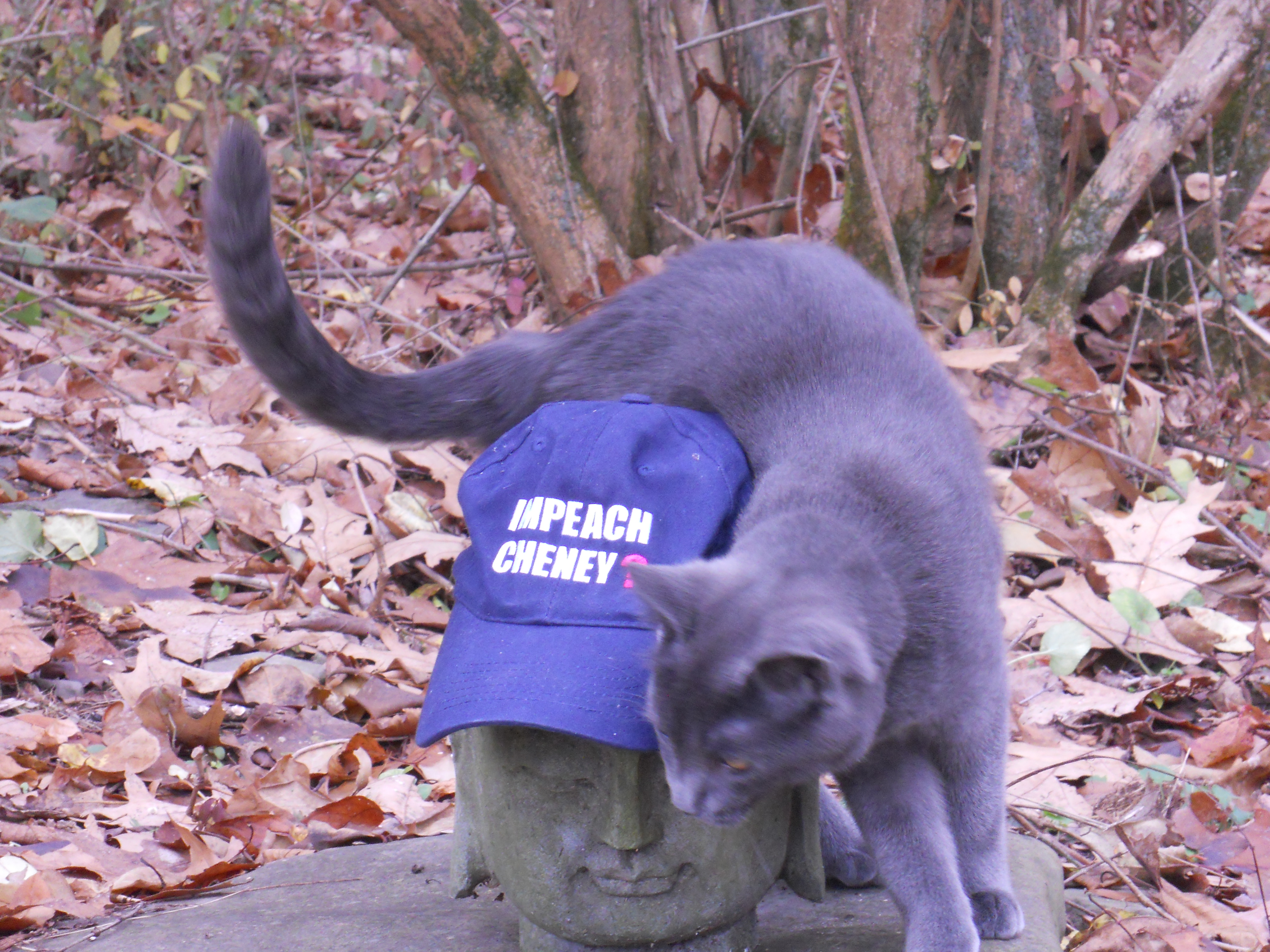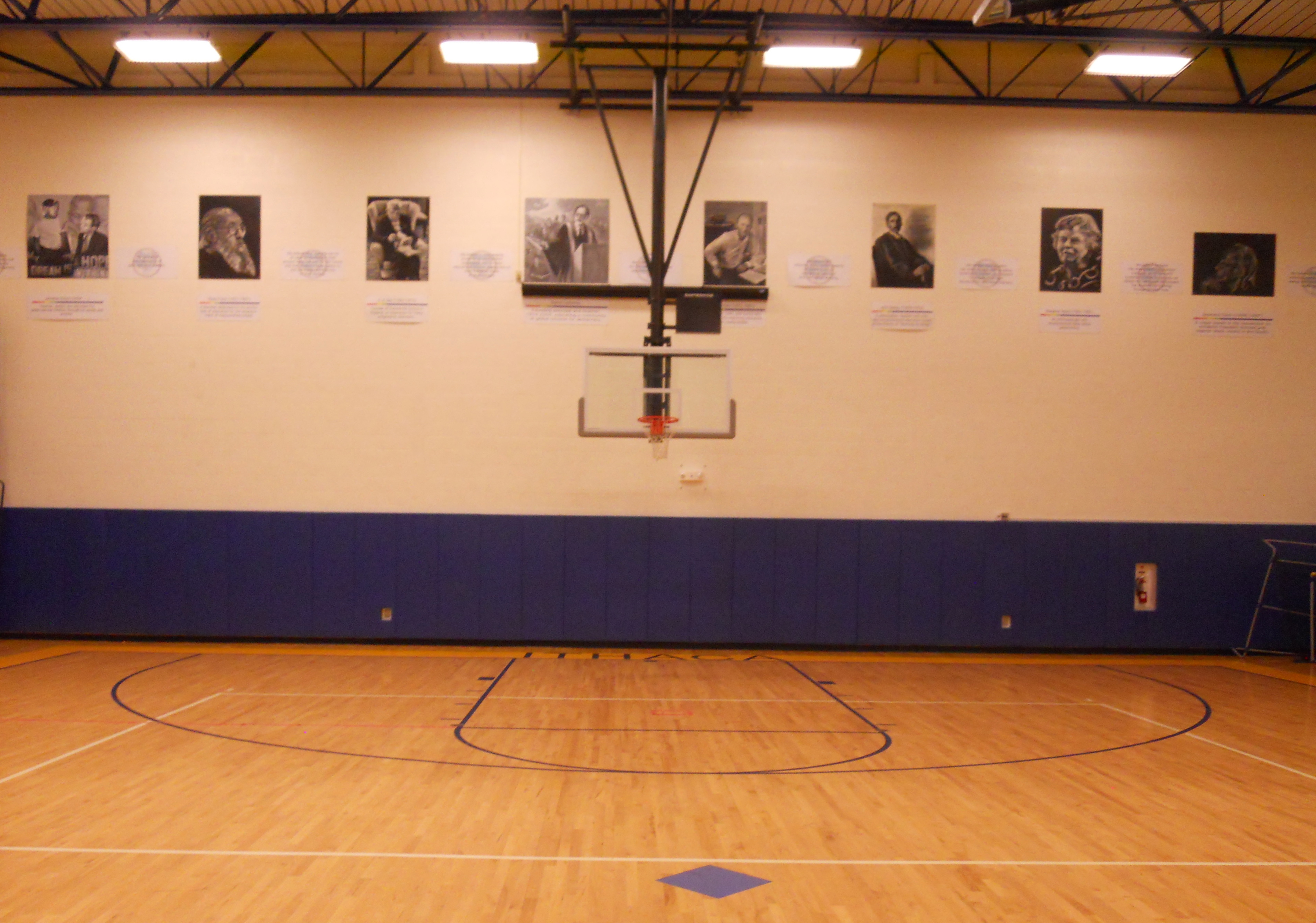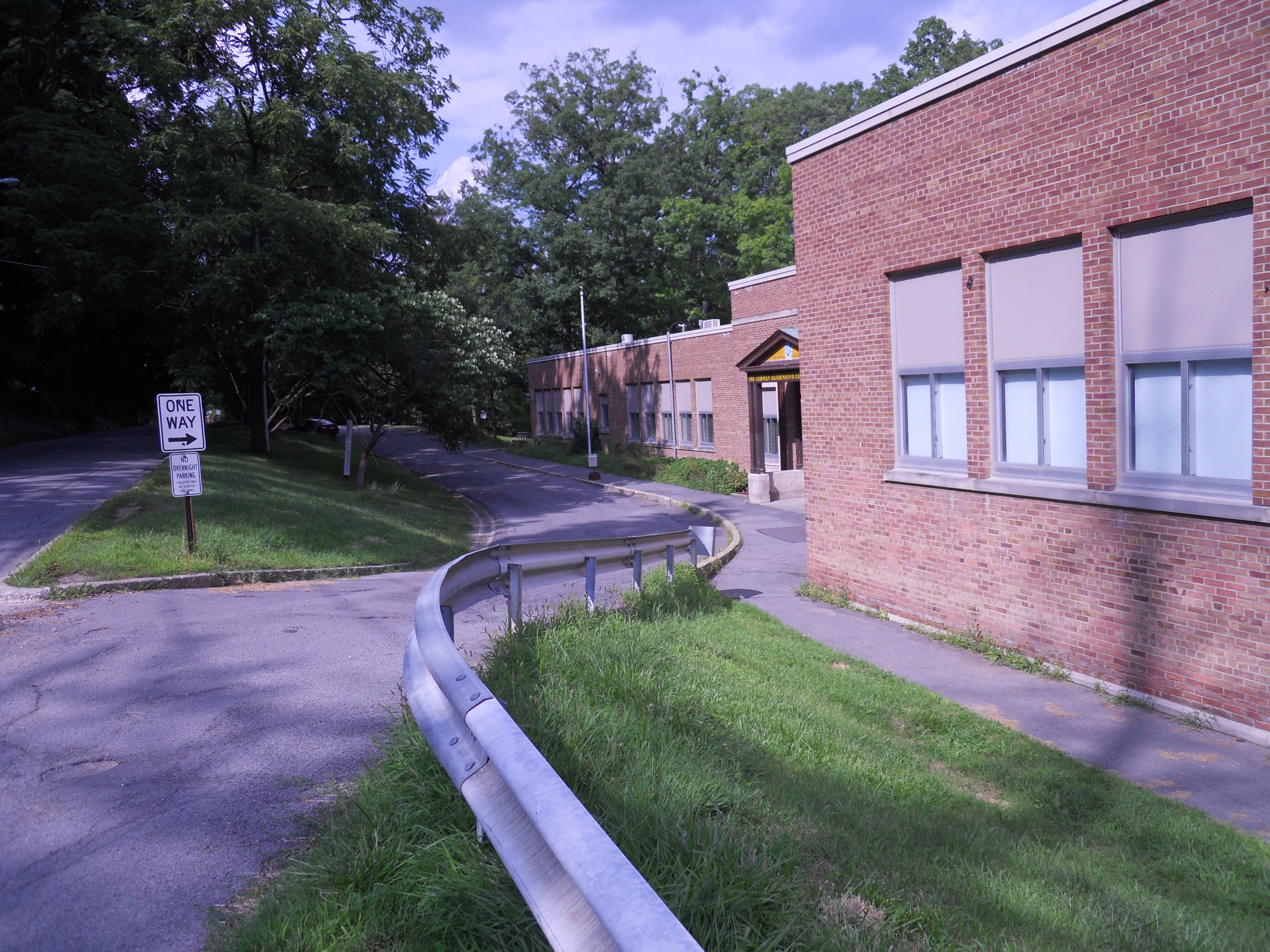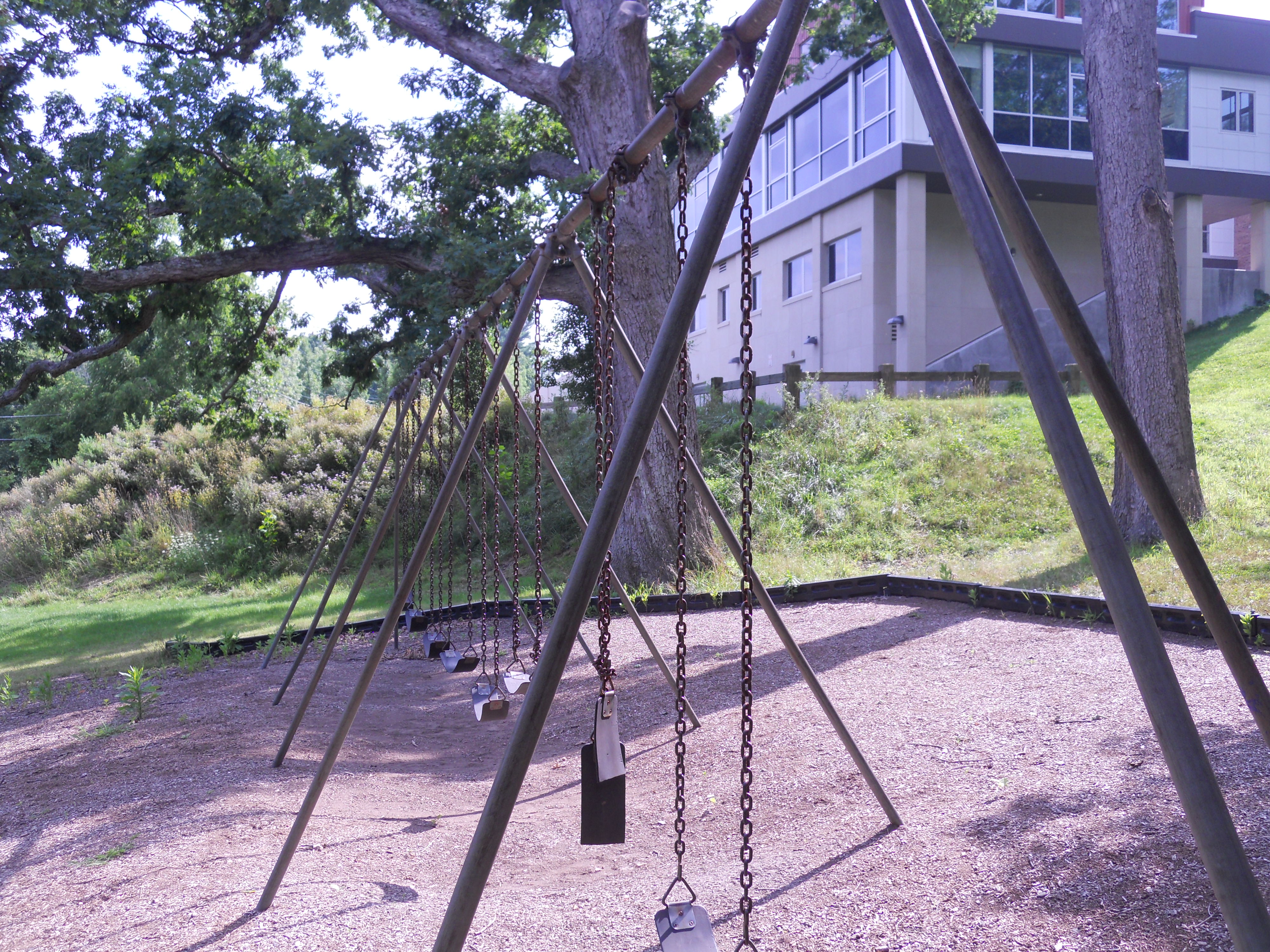I was recently interviewed by Tish Pearlman, for the local NPR program Out of Bounds. Tish was an incisive and sensitive interviewer. I greatly appreciated how she heard and spoke to me. She started by asking how I became a teacher. I talked about this topic in an earlier blog. But in thinking about this question with Tish, I came to insights I didn’t realize before.
I went to college from 1965-1969, the heart of the sixties. It was a time of great upheaval, pain, challenge, but also meaning. There were many protest demonstrations. The idea of an involved citizenry demanding not only peace and justice but a meaningful life was, for many, just in the bloodstream of the times. So when I had to think about a profession, that’s what I was looking for. I wanted to keep my ideals alive in my professional life.
And at first, teaching was not my primary choice. I had had some good-to-great teachers in public school, even more in college (even more since college). But public schools themselves were not inspiring to me. I did not at first appreciate what my schools had given me. Not until I was in the Peace Corps and actually taught.
I also didn’t have patience with myself. I thought I could be a success right away. Success meant standing out in some way, or having some label I could apply to myself, like an explorer, or a writer, poet, actor, director—the arts were the first area to stand out to me as meaningful. I really had no other idea of what I really wanted to do. I had no idea what success meant. What does it mean to be a success? For me, now, it’s not about having a lot of money or recognition. You could be successful with a project, but to be a success with your life, you first have to live for a while. And when you do live for more than three or four decades, everything, I think, shifts. It’s no longer money or fame that are important, it’s moments. Not just great moments that you could reflect back on, but how you have learned to live a moment. It’s not so much what you do, although that is important. It’s how.
But what makes a moment full and meaningful? I think it is the quality of presence and caring, what you can take in, what you feel touched by, the depth of your connection to others and this world. And your ability to act in ways guided by that care. So in the interview, I said I turned to teaching because I wanted a full and meaningful life, but there was so much more in that statement than I first thought.
I also didn’t realize that what I was feeling in the 60’s was the remains of my adolescence. The drive for meaning, to test and expand boundaries, to be courageous, creative and engage with the world, as Daniel Siegel and others have pointed out, is central to adolescence. And my ability to feel this drive as a teacher enabled my teaching, enabled me to bring that meaning into the classroom.
So ask your students these questions. What does success mean to you? What do you want the individual moments of your life to feel like? What do you want your relationships to be like? How do you want to influence your world?
Have a great Thanksgiving. I might take a vacation for the holiday but will return.
Here is the information for the interview:
The Out of Bounds Radio Show with Tish Pearlman
AIR DATES:
Sat Nov 29 at 3:30 pm: WEOS-FM (90.3 & 89.5 Geneva region)
Live Stream: WEOS.org
Sun Nov 30 at 11:30am: WSKG-FM 89.3 Binghamton, 90.9 Ithaca 91.7 Cooperstown/Oneonta,
91.1 Corning/Elmira, 88.7 Hornell/Alfred) Live Stream: Wskg.org
*Photo: South_Bend_Voice_-_2014_People’s_Climate_March_crowd_with_banner.jpg










